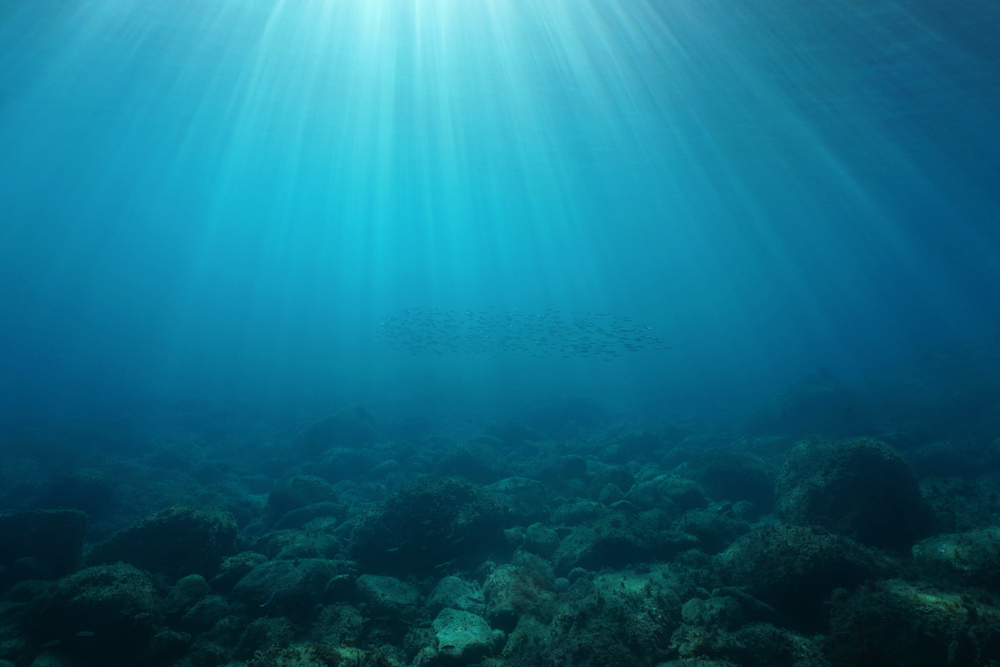
Posted September 13, 2023
By Ray Blanco
Batteries On The Ocean Floor
On December 21st, 1872 the HMS Challenger set out from Portsmouth, England.
A pearl-class corvette of the Royal Navy that was once armed with twenty broadside smoothbore cannons, the Challenger is now equipped with a very different array of tools for its newest mission.
The hull is now filled with specimen jars, thermometers, and microscopes, along with a full team of scientists to accompany the ship’s crew.
Also aboard the ship is 181 miles worth of hemp rope for dredging the ocean floor.
During the final months of the Challenger’s three year grand tour, the expedition produced its most noteworthy discovery while dredging the Pacific on its way to Hawaii.
Dark gray lumps of metal, roughly the size and shape of large potatoes, were pulled from the ship’s trawl nets…
These “polymetallic nodules” would turn out to be what is possibly the key to the next wave of clean energy.
As well as a source of extreme controversy.
Polymetallic nodules consist of high concentrations of nickel, cobalt, manganese, and copper. All of which are used to manufacture batteries for electric vehicles.
These metal-rich rocks litter much of the ocean floor. The 390,00 square mile “minable” portion of the Clarion-Clipperton Zone (CCZ), a region of the North Pacific between Hawaii and Mexico, is estimated to contain over 21 billion tons of retrievable nodules.
To date, the CCZ has had nineteen exploratory missions in zones covering roughly 75,000 kilometers, which would represent a potential mining zone. Each one of these zones is estimated to yield 1.5 million tons of nodules per year.
One zone alone would provide enough nickel, per year, for 400,000 EV batteries, enough manganese for 18 million, and enough cobalt for 100,000.
The CCZ is just one of the many areas of the ocean floor thought to contain these nodules.
The Long, Long, Long History of Polymetallic Nodules
How did these sunken ores that seem to be specifically designed for modern lithium-ion batteries come to be?
Chance and time.
Typically they form around some natural debris that fell to the ocean floor, where conditions were conducive enough to form these nodules over millions of years.
For example, a shark’s tooth would come to rest in a particularly oxygen-rich area of the ocean floor. Much like how rust forms, oxidized layers of metal slowly form over time.
Deep underwater, these layers are pulled from dissolved iron and manganese ions, as well as through the porous sediment making up the ocean floor itself.
These layers form at a rate of 1 to 10 millimeters per million years.
The first attempts to mine polymetallic nodules occurred in the 70’s and 80’s, which included an expedition coordinated by the CIA which funded billionaire Howard Hughes. This was eventually revealed to be a front for the attempted retrieval of a sunken Soviet submarine.
Unfortunately, no methods developed during this time were efficient enough to make deep sea mining a viable method of retrieving these valuable metals. The pursuit was shelved and mostly forgotten.
That is, until technological advancements made at the turn of the 21st century led many experts to explore possible methods of extracting these once out-of-reach underwater ores.
Using GPS and dramatically more sophisticated ship motors, it’s now possible to mine precise locations on the seafloor. Remotely controlling submersible vehicles also allows miners to dive deeper than ever before.
Pairing these advancements with the growing markets of products that require the metals from these nodules, many eyes quickly turned to the revitalized industry of deep sea mining.
With that, we want to hear what’s on your mind. Is there anything you’d like us to be covering at Technology Profits Daily that you haven’t seen yet? Is there anything you think we’re missing the mark on? Let us know about it, or anything else at feedback@technologyprofits.com.

